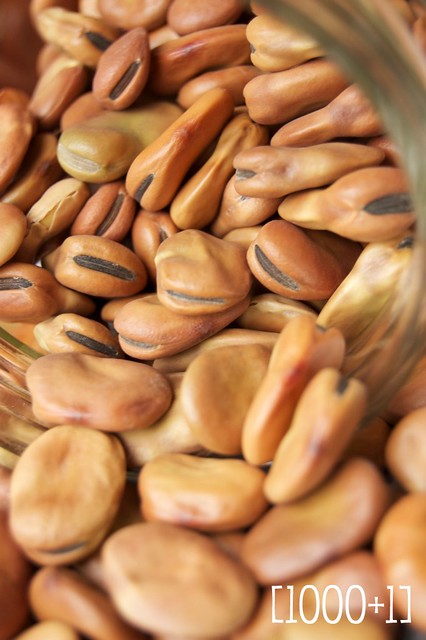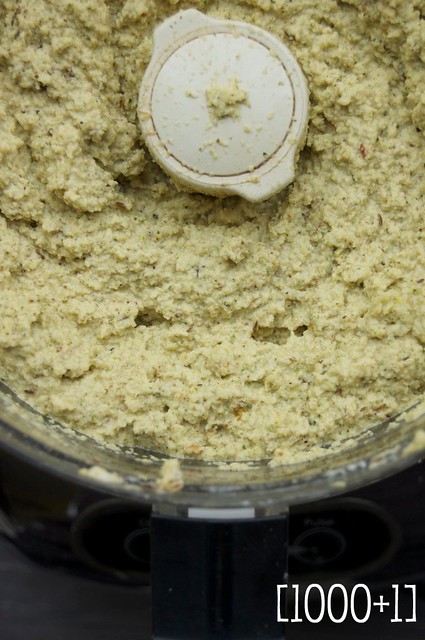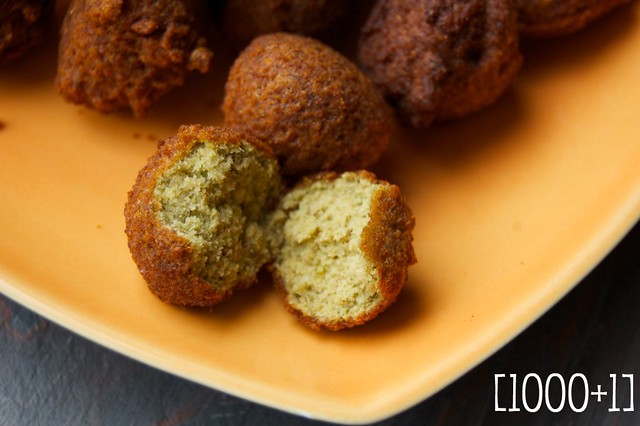…
I just can't seem to catch up with time. It's as if we were playing tag with it, running on a circle. As soon as I finish something and try to catch my breath, I feel the time's sly smirk on my back: I'm going to tag you now! I lost count of the laps it has ahead of me, and I think at this point I should exit the game. I am not a quitter, just trying to catch my breath…
Thus I'm a little late for a Meatless Monday then planned—and you will see why—I am still going to post this recipe today.
One of the questions from last's week Food Revolution's Twitter Party has stuck in my head. What would you grow if you can only grow one vegetable? My answer: beans. Just look at this amazing family of sprouts: there are so many varieties, they are growing almost in any climate and most of all, you can harvest them green or fully grown. Magic beans…
[I'm sure many have heard aforementioned words from me many times as I defend my vegetarian eating habits]
Today's magician: Fava Bean. Or Broad Beans, if you like. This miniature potato-looking-like variety usually grows in warm climate and is very popular in North African, Middle Eastern and Mediterranean cuisines. In Europe it has been served as a first spring vegetable when harvested in a pod, which becomes uneatable as it matures.
Full of vitamins, essential elements as its legumes cousins, this lumpish bean has one problem: it needs a lot of attention when preparing. May be that's why it is widely replaced with its more outgoing family members.
That's why I regret not posting the following recipe earlier, so if you decide to take a chance of Fava on Meatless Monday, you have time to give these smiley faces a proper attention.
And today I'm sharing an old time FAVArite of mine: Falafel. A perfect multi-tasker dish: you can eat it as a snack, plop it in a soup, toss with a salad or simply envelope it in pita for a tasty sandwich wrap. Oh, and it's a nice appetizer piece served with some creamy dip when you entertain!
You know, I like multi-taskers [by the way, it's not my term but of Mr. Alton Brown] and I used another one–a cookie scoop–to drop the batter into the hot oil. Hence, my falafels came out like balls, not like customary disks that created using a special falafel spoon [I never even seen one in person!]
Although this particular dish can be created with other beans, I prefer using fava beans. See, you need to shell each bean after soaking and believe me, this is where the size matters and the bigger the better, or the easier!
So soak your mature dry Fava overnight and let's begin. [Good news: you don't have to cook the beans after soaking]. When I first made falafel, I did cook the beans and ended up with a mush instead of batter!
◊◊◊
Fava Bean Falafel Balls
Makes about 5 dozens
1 lb dry Fava beans, soaked in cold water overnight, peeled
2 t spoons coriander seeds
2 t spoons cumin seeds
2 t spoons peppercorn mélange [or just black peppercorns]
2 t spoons coarse sea salt
1 large onion, cut into chunks
3 cloves garlic, smashed
a handful of fresh cilantro, torn
1 t spoon baking soda
1 t spoon baking powder
4 T spoons rye flour [I used rye for extra flavor, you can use regular all purpose]
Vegetable oil [or any light, low heat oil for deep frying will do] about 2˝ in the frying pan
Equipment:
Food processor
Cast iron skillet
Small cookie scoop
- In a food processor combine all ingredients [-] oil and process for up to 8 minutes until it is all chopped and of even consistency;
- Heat oil to 350° F. Scoop falafel mixture into hot oil, one at a time. Do not overcrowd the pan. [I fried 12 at a time] and fry for about 5 minutes or until falafel balls are golden brown and float up to the surface. Repeat with the rest keeping the oil temperature at 350°F;
[If you don't want to use up the whole batter at the time, cover it with an air tight container and refrigerate up to a week, or freeze it in a freezer zip lock bag for up to a month]
- Serve warm as an appetizer with some dipping sauce [plain yogurt with some crackled pepper] or use for salads, soups, and wrap sandwiches.
What's your magic bean?












































